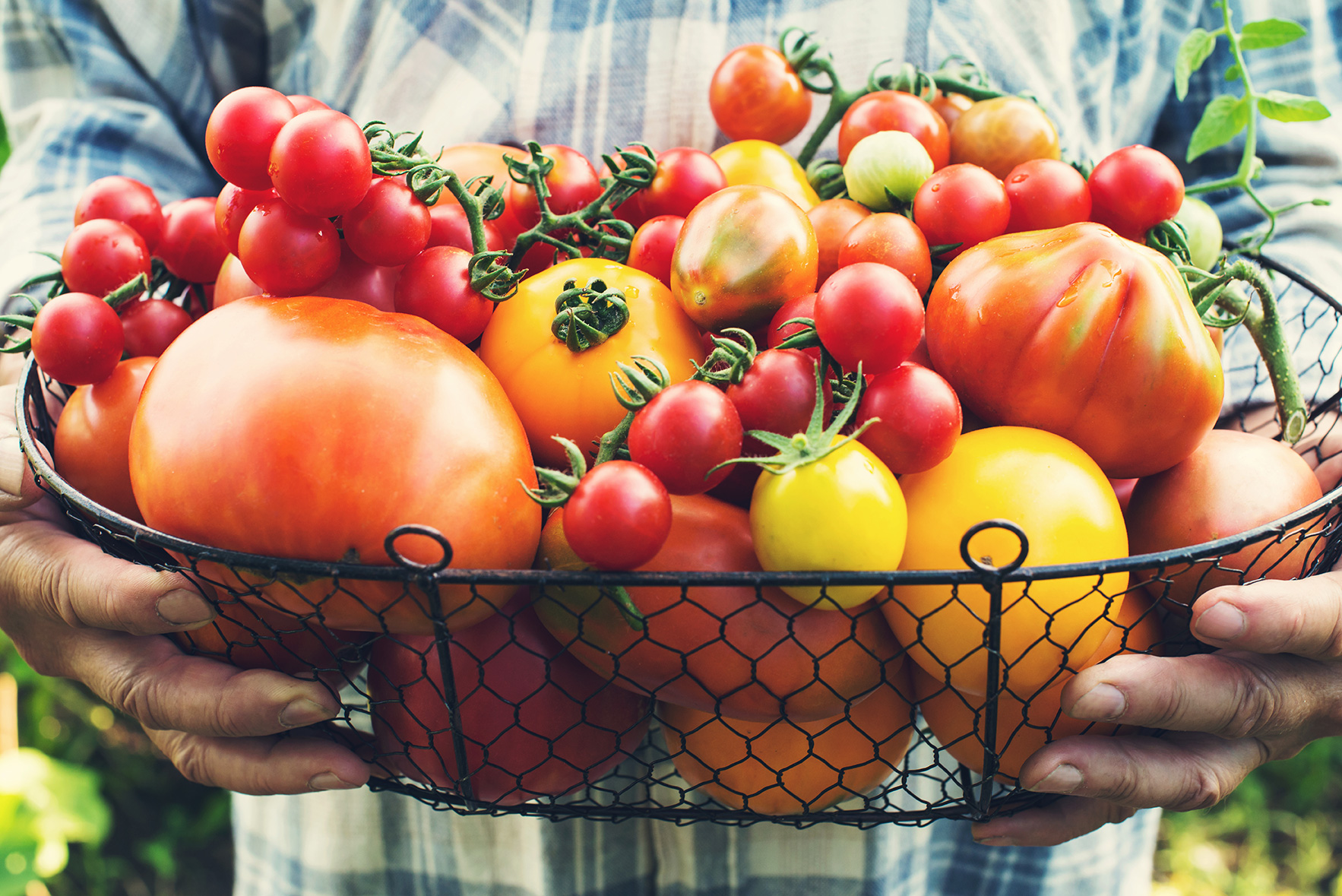Tomato producers need to take a close look at the different varieties on the market. When comparing varieties, growers often use yield as the most important determining factor. For sure the tomatoes must also be of high quality and thus marketable, the disease resistance must be good, and so on. The question however is; what makes one variety different from another when it comes to yield advantage?

Factors Affecting Yield
Yield is made up of two factors – fruit size and fruit number. Fruit size is affected by the genetic capacity of the variety, the overall fruit load, management and climatic conditions. Most growers assess relative fruit size optically during the life of the crop and pay particular attention to the fruit size at the end of the crop cycle. Very often a grower will use fruit size as a critical selection factor and will dismiss a variety as having fruit that is too small (on observation only) without really paying any attention to the overall yield.
Importance of Fruit Number
What is probably more valuable to assess is fruit number, or fruit load. All things being equal this is usually a reaction of the ability of the variety to set fruit, i.e. to turn flowers into fruit. This is the one single factor that sets two varieties apart in their ability to yield well, particularly under difficult conditions.
Case Study: Fruit Set Assessment
Some time ago planting of a very well-known and widely planted variety was assessed in Mpumalanga. It reiterated the importance of thorough and uniform fruit set. The seedlings were transplanted in early January, and the third truss was showing yellow flowers at the time of assessment. It was immediately obvious that trusses one and two had suffered from poor set. On each truss only two or 3 flowers had set fruit. The rest had dropped off, or would set so far behind the primary fruit as to be too small to be marketable.

This meant that at least 3 flowers per truss had failed to set. January and February are very hot months in Mpumalanga, and despite the best efforts of a very good grower the conditions were too extreme for this variety to set fruit properly. A similar trend was also seen in early summer at the same farm, so one can easily conclude that this particular variety, while good in other ways, has a problem with fruit set in the heat.
When comparing the experimental varieties under evaluation showed not only complete set, but also uniform set. On each truss five to six fruit had set more or less at the same time, and conspicuously on the flowering truss, all the flowers were open at the same time. Uniform flowering means pollination at the same time, leading to even fruit size and also ripening and harvesting at the same time. These varieties originate from a breeding programme known for good heat set and which has already delivered a top performing variety.
This is an easy observation to make in the field, and intuitively one knows that good fruit set is better, but what is this characteristic really worth to the grower? Given that a grower has a plant density of 25 000 plants per ha, under shade net – if one assume an average fruit size of 140g and give the variety the benefit of the doubt by considering that only the first two trusses are problematic, i.e. one assume that the later trusses set 100 per cent, then the producer can calculate the lost value per fruit, and per ha for different market prices.

For his high quality fruit the grower in question would probably expect to average a gross return of around R3.50 per kg for his total crop, over a total planting of about 5ha. Losing two flowers on just the first two trusses due to poor fruit set in the heat could cost this grower a whopping R250 000! To make this situation even more painful, this loss is from the bottom line, as all the planting, establishment and production costs still have to be paid, whether there are five fruit on the truss or three.
Conclusion
Perfect set, where either a fruit sets or the flower drops, is not the only important factor – equally important is the ability to set fruit on a truss at more or less the same time. When selecting a variety, pay attention to the uniformity of flowering, the uniformity of fruit set and the ability to set fruit under a range of climatic conditions. This one point could make a huge difference to the producers’ bottom line. TPO


One Response